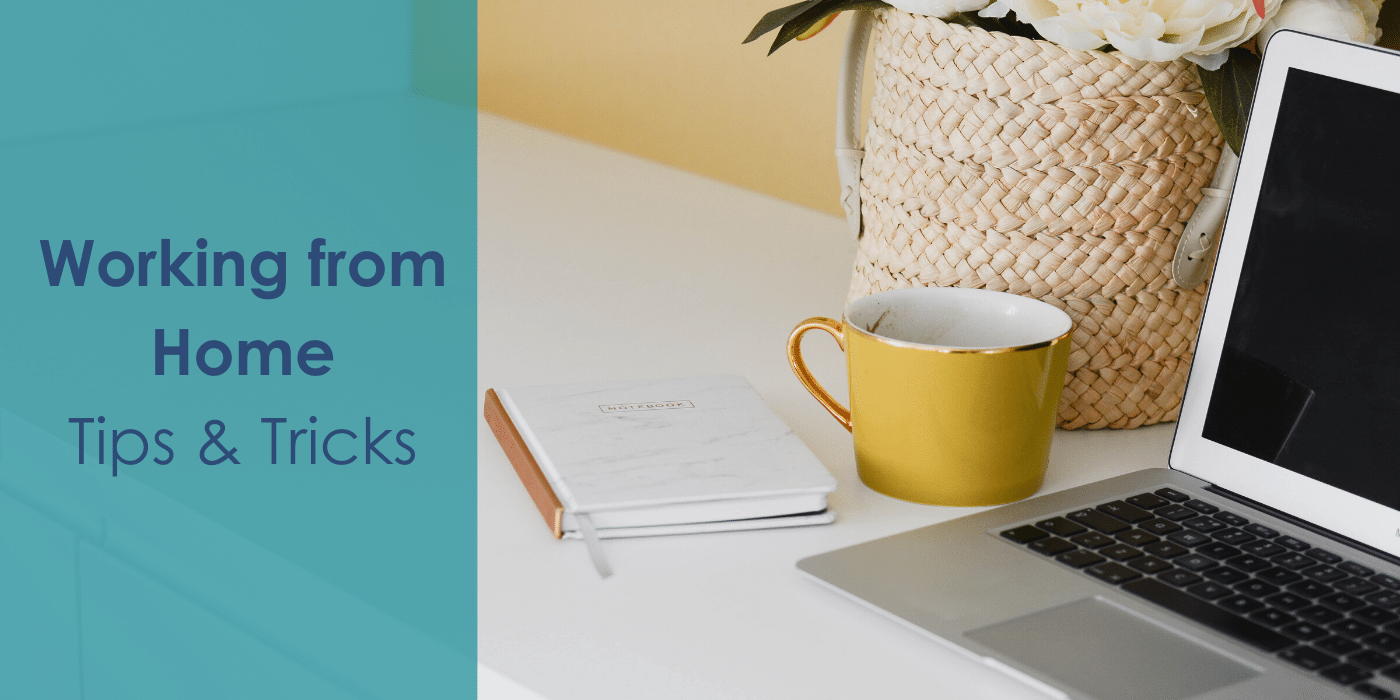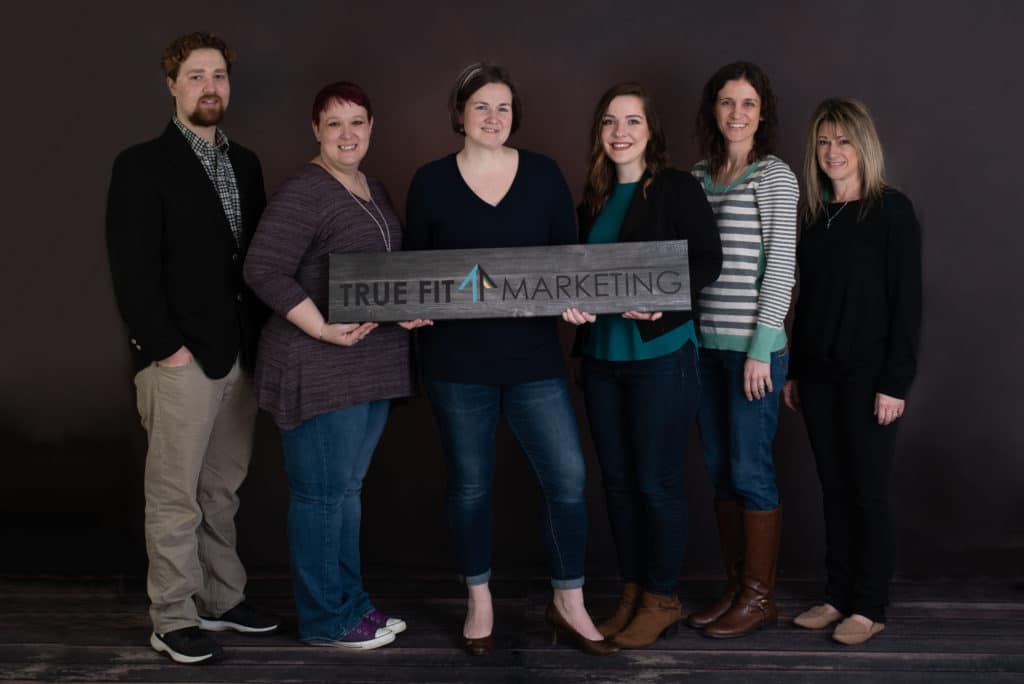
Updated: Friday, April 24th
Governor Wolf announced that Pennslyvania’s tentative date to lift the stay-at-home order is May 8th. We compiled information from the White House resources that business owners and others need to know about this plan and process. We all need to know and be aware that things will not go back to normal right away. President Trump and the White House have announced a three-phase plan, “Guidelines for Opening Up America Again,” that will be used for opening businesses. This guide, using the advice of public health experts, is to help keep Americans safe while opening non-essential businesses.
Please see our post here about Pennsylvania’s phases of opening that Gov. Wolf announced April 22nd.
The following guide, which we are pulling our information from, https://www.whitehouse.gov/openingamerica/ has phases for individuals and employers. For our use, we will just be using the information for employers and businesses. If you have questions on individual guidelines and questions, please reference the aforementioned website.
Guidelines – Opening Up America Again (Slides used in the National Press Conference)
The following criteria have to be met before the state/region can go into Phased Opening:
- Symptoms: Both influenza-like illnesses (ILI) and COVID-like syndromic cases must both be on downward trajectories for a 14-day period.
- Cases: There must be a downward trajectory of documented cases and “positive tests as a percent of total tests (flat or increasing volume of tests)” within a 14-day period. (https://www.whitehouse.gov/openingamerica/)
- Hospitals: Treating all patients without crisis care and a fully supplied testing program in place for “at-risk healthcare workers, including emerging antibody testing.” (https://www.whitehouse.gov/openingamerica/)
Once the above criteria are met, the region or state can move into Phase One.
Phase One:
Employers must work with local, state and federal policies regarding sanitation, social distancing and protective equipment, temperature checks, testing, isolating, and contact tracing, use and disinfection of high-traffic and common areas, and business travel.
Employers need to monitor symptomatic people and not allow them to return to work until they are cleared by a medical professional. Employers will also need to develop and implement a procedure for contact tracing if an employee tests positive for COVID-19.
Employers should be continuing to support teleworking when possible, return employees back to work in phases when possible, close common areas where employees tend to gather, reduce non-essential travel, while following CDC guidelines on isolation travel, and consider special accommodations for employees who are considered to be vulnerable individuals. Please see the appendix at the bottom for a definition of vulnerable populations.
Please see page 10 of the pdf document for specific types of employers.
Phase Two:
In order to move into Phase Two, the criteria needs to be met again for a second time (28 days).
Employers are encouraged to continue to offer teleworking as an option, keep common areas closed to limit gathering, non-essential travel can now resume, and employers should still consider accommodations for those in the vulnerable population.
Schools and organized youth activities and bars can now re-open with strict protocols. Please see page 14 of the pdf document for more on specific employers.
Phase Three:
States and regions can move into Phase Three when the criteria has been met for a third time (42 days) and has no evidence of a rebound.
In phase three, employers can resume unrestricted staffing of worksites. However, specific employers may still have guidelines to follow. Please see page 17 of the pdf document for specific employers.
Appendix:
Vulnerable individuals: “1. Elderly individuals. 2. Individuals with serious underlying health conditions, including high blood pressure, chronic lung disease, diabetes, obesity, asthma, and those whose immune system is compromised such as by chemotherapy for cancer and other conditions requiring such therapy.” (https://www.whitehouse.gov/openingamerica/).
You can check the number of cases by zip codes here: https://experience.arcgis.com/experience/bc92e33cfd5d417795f7a7a1a5cb3b1d/
File for Pandemic Unemployment Assistance here: https://www.uc.pa.gov/unemployment-benefits/file/Pages/Filing-for-PUA.aspx?fbclid=IwAR16bR7sOPcd5XlMXEgMIHBbEeiDxnn_egk9xr6s8uwuwYH0oKN-ERTQ–s
As we know from this pandemic, things change almost every minute. We will do our best to keep this updated with the latest information that we can find. We will also post updates to our Facebook page.










